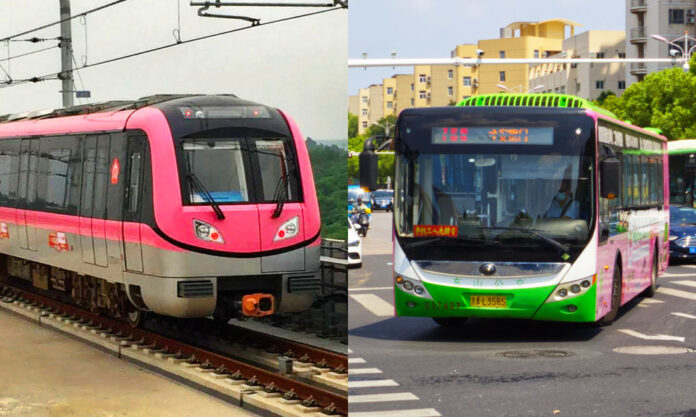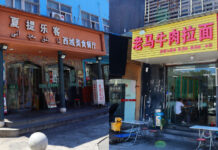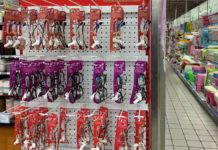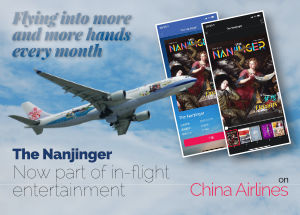For international travellers looking to ride the Metro or take a bus in Nanjing, compared with WeChat, Alipay is the simpler option; find the relevant options under the APP’s main menu.
Using the Nanjing Metro Network
Nanjing has a metro network much like any other in modern China, which should present little difficulty to most relatively seasoned commuters. The network is clean, super efficient, and by and large, younger than the bigger systems which are already beginning to show their age.
Just as elsewhere in China, the Nanjing Metro is almost 100 percent bilingual, making it the preferred mass transit option for foreigners in Nanjing.
Special mention, though, should be reserved for Xinjiekou Station. Arguably the biggest metro station on Earth with its 24 exits, spread over six blocks of the city’s CBD, it pays to know where you’re going in advance.
Paying for a ride on Nanjing Metro can be done in three ways:
- With a smartphone APP using Alipay at the turnstile
- By purchasing a token at a ticket machine inside the entrance to every station. Notes and coins are accepted; note you will need to select the destination using Chinese-language only in order to determine the amount to be paid
- With the “Jinlingtong” transportation card (金陵通). While quite out of date now, there are still many who use it. Visitors to Nanjing might request a friend to lend them theirs
Of use to many may also be The Nanjinger’s Nanjing Metro map, the only bilingual map of the city’s metro system to include first and last times for every station, perfect for planning a late night out or an adventure to somewhere new with an early start. Download it here.
Using the Nanjing Public Bus Network
Foreigners generally do not take a public bus in Nanjing. Yet, the city has an excellent public bus network comprising over 300 routes. Problem is English is non existent on signage and even Chinese speakers are known to have difficulties in navigating the network.
As a result, The Nanjinger recommends to ignore the confusing signage at any bus stop and instead to rely solely on your phone.
Using iOS as an example, with “Transit” selected as the map of choice in the Apple-native “Maps” APP, you are then able to zoom in on any location to find a bus stop, and the numbers of all buses which operate from that stop. Selecting any route will then give the map more detail as to the route and all stops along the way, in English, or at least pinyin.
It therefore becomes almost child’s play to marry any two bus stops with the available routes linking both, with a bit of luck. The technique is particularly handy for finding a bus to take to a metro station.
When climbing aboard the bus, fares in Nanjing can be paid using both Alipay and the “Jinlingtong” transportation card (see above), and even cash with a couple of 1 yuan coins kept for purpose (¥2 is the standard price for a bus ride in Nanjing). In Alipay, simply select “Transport” followed by “Bus” and swipe the code presented upon boarding the bus. Payment by WeChat is not accepted.
Stops along the route are called out a few seconds in advance of each. Just keep your wits about you as to where to get off. In May 2023, English announcements were also being added.
Stand up and place yourself near the rear door of the bus as a sign to the driver you intend to exit at the next stop. As you alight, be aware of other traffic potentially coming from the right.
Note that, as a time-saving feature, Nanjing has begun introducing buses which will not stop unless the driver is signalled using a red button housed in a yellow casing on stanchions within the bus.
Now, all that doesn’t sound so difficult, does it?














